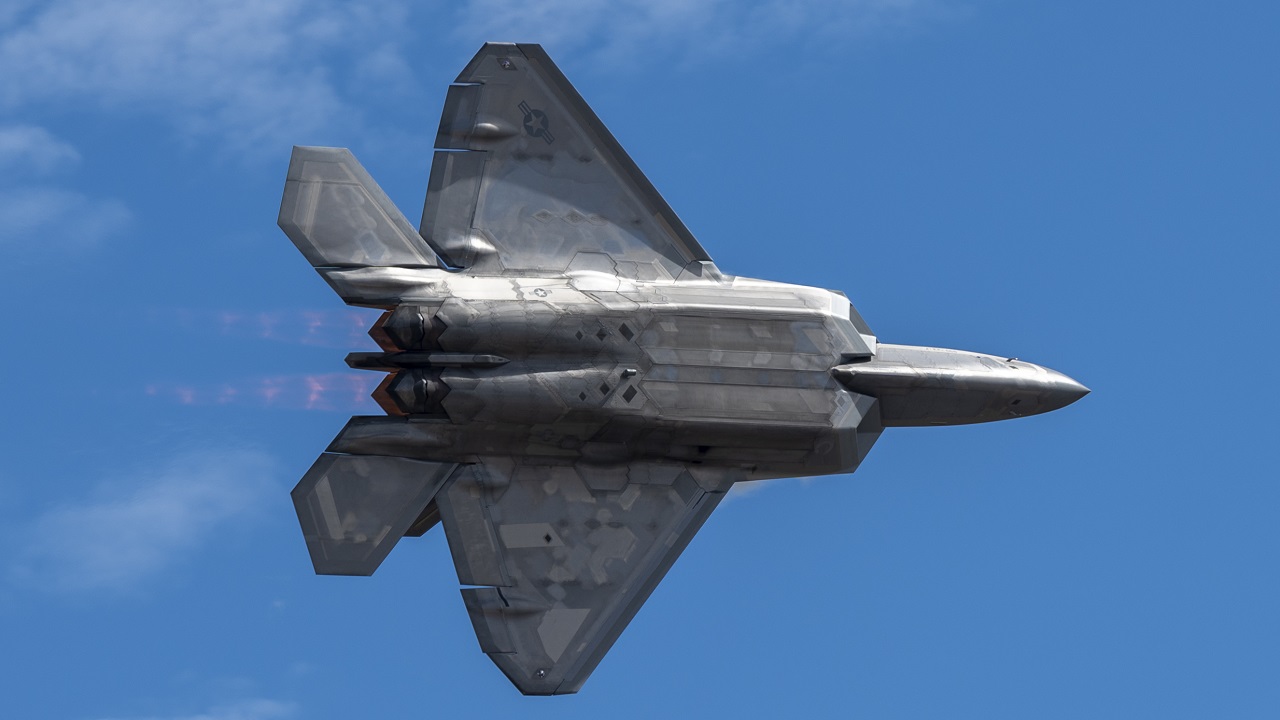Colin Demarest
:quality(70)/cloudfront-us-east-1.images.arcpublishing.com/archetype/I2HLUMPJEVGCHAVEI7GEQVCIKE.jpg)
WASHINGTON — Palantir Technologies won a U.S. Army contract worth as much as $59 million to support the testing and rollout of software that allows analysts to parse vast amounts of data and quickly provide leaders the latest battlefield information.
The five-year indefinite delivery, indefinite quantity deal for the All Source II application was announced Oct. 17 by the Army’s Program Executive Office for Intelligence, Electronic Warfare and Sensors, or PEO IEW&S.
The All Source II application is expected to be deployed as part of the Command Post Computing Environment, a tailorable mission command suite operated and maintained by soldiers.
“ASII is integrated into, and built to interoperate with, the Command Post Computing Environment, which not only reduces the amount of hardware the Army intelligence community is required to maintain, but it also provides a streamlined way to deliver timely intelligence to the commander,” Col. Christopher Anderson, the project manager for intelligence systems and analytics, said in a statement.









:quality(70)/cloudfront-us-east-1.images.arcpublishing.com/archetype/L7DMXIIG2BBJ3JSJMDOJWAX7GU.jpg)
